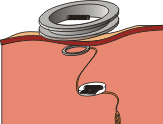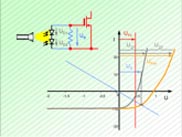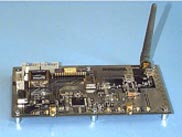Technologies
Depending on the particular application, suitable technologies are used. The spectrum extends from inductive to radio frequency to infrared transmission.
The combination of different technologies makes it possible to embed external modules such as patient communication interfaces or external control devices into complex systems for rehabilitation or patient home care. As the biotelemetry resource works together with the area of Miniaturized Systems, this provides an opportunity of implementing especially small systems or modules. In addition to this, we have facilities for ASIC-Design using the Mentor Graphics Design-Flow for research & development.



